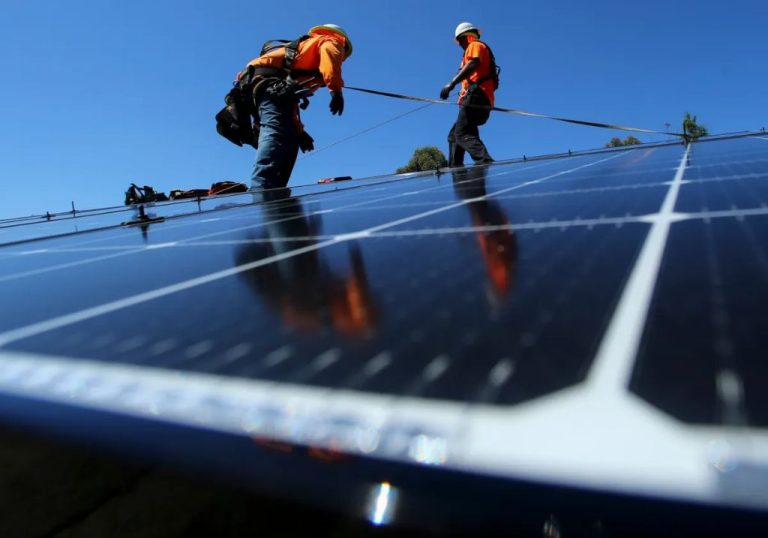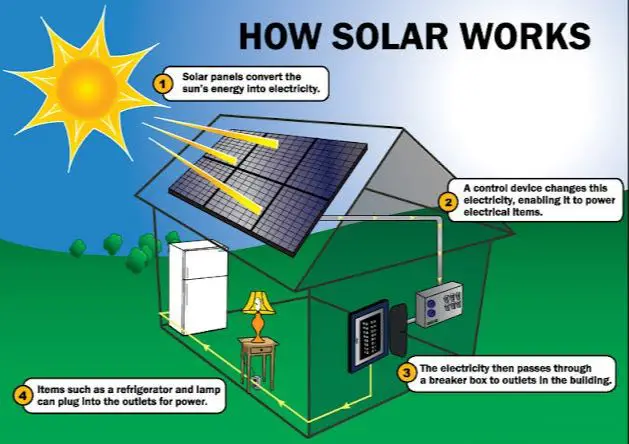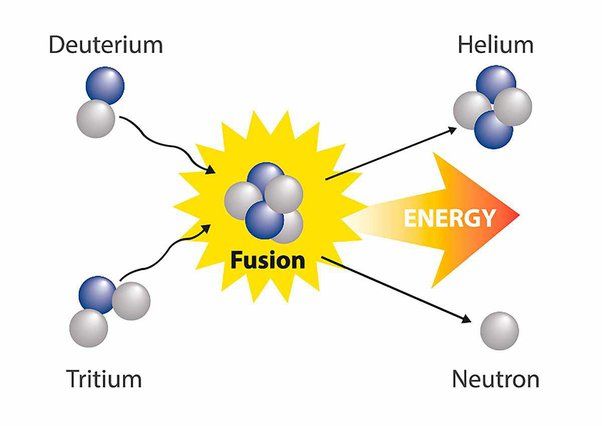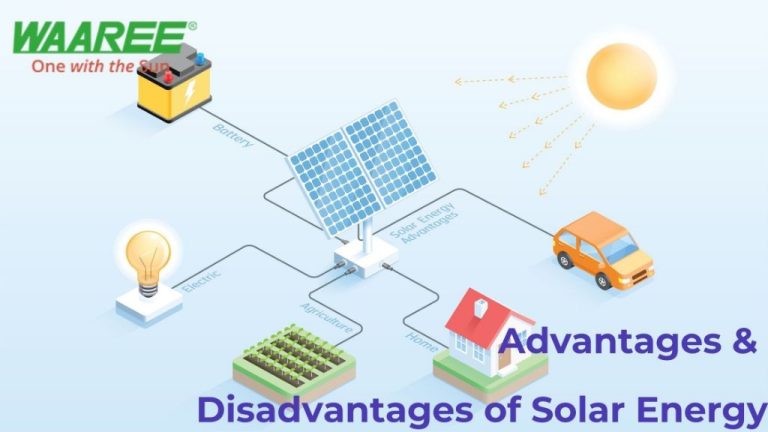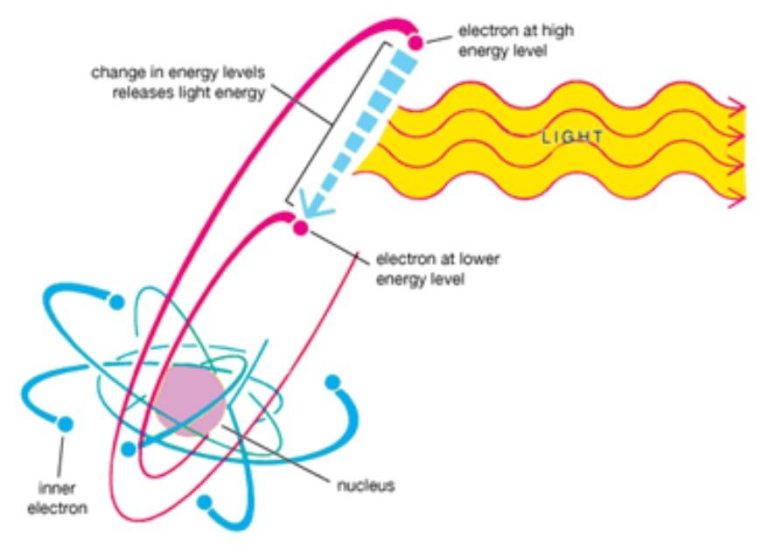Is Solar Cheaper Than Gas?
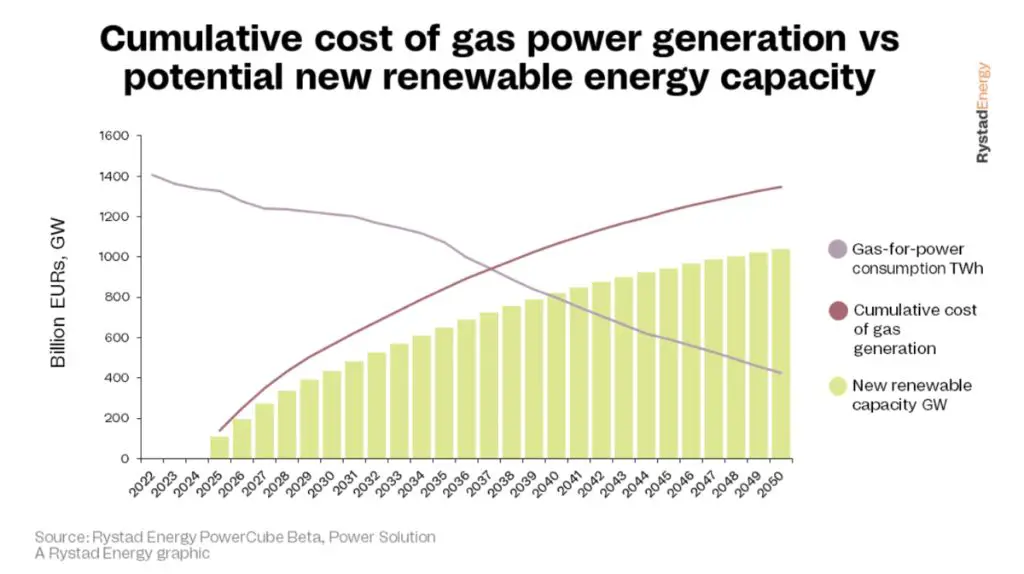
With rising energy costs and growing concern about climate change, many homeowners and businesses are considering installing solar panels. A key question in evaluating solar is how its costs compare to traditional energy sources like natural gas. Numerous factors like sunlight availability, incentives, and installation costs make a definitive answer difficult. However, based on recent utility-scale solar pricing data and projections, solar is now frequently cheaper than gas in many parts of the United States.
This analysis will examine the levelized costs and benefits of solar versus gas, discussing upfront expenses, grid prices, tax credits, and environmental externalities. It will rely on data from energy research firms, government agencies, and utility companies to draw fact-based conclusions. The thesis is that solar is now cheaper than gas in most circumstances when accounting for all relevant economic factors over the system lifetime.
Upfront Costs
The upfront cost of solar panels has dropped dramatically over the past decade. Today, the average cost for solar panels is around $2 per watt for the solar panels and installation combined (https://www.cnet.com/home/energy-and-utilities/solar-panel-cost/). This cost can vary based on the size of the system, type of panels, location, and installation complexity. But overall, solar panels now cost about 70-80% less than they did 10 years ago.
For a typical 6 kW residential solar system, the total upfront cost works out to around $12,000-$14,000 in 2022. That’s compared to over $50,000 for the same system size a decade ago. This sharp decline is thanks to improvements in solar panel efficiency and manufacturing scales as the industry has expanded globally.
While solar still represents a significant upfront investment for homeowners, the payback period and long-term savings make it financially worthwhile in most U.S. markets today. And many homeowners are able to finance or lease their solar systems to reduce the upfront costs if needed.
Levelized Cost of Energy
Levelized cost of energy (LCOE) is a metric that allows comparing the cost of different electricity generation technologies over the lifetime of the system. LCOE factors in upfront capital costs, operating costs, maintenance costs, and expected lifetime energy production to calculate a per-kilowatt-hour cost of building and operating a generation plant. LCOE allows an apples-to-apples comparison of different technologies such as solar PV, wind, natural gas, and coal.
According to analysis from the Energy Information Administration, the estimated LCOE for new solar PV plants coming online in 2025 is $37/MWh compared to $44/MWh for new combined cycle natural gas plants (EIA). This indicates that over their lifetime, new utility-scale solar plants are projected to produce cheaper electricity than new natural gas plants on average. The LCOE for solar has dropped dramatically over the past decade, making it competitive with fossil fuel plants in many locations.
The rapidly declining LCOE for solar PV is largely driven by the plunging upfront equipment and installation costs. At the same time, gas plant costs are rising due to volatile and uncertain natural gas commodity prices. Solar also has minimal ongoing fuel and maintenance costs compared to natural gas plants. When considering the full lifespan costs, new solar is expected to maintain a cost advantage over new natural gas plants in most U.S. regions.
Grid Parity
Grid parity refers to the point at which an alternative energy source, such as solar power, can generate electricity at a cost equal to or less than purchasing power from the electricity grid [1]. This is an important milestone, as it marks the point at which solar becomes a cost-competitive energy solution.
Research shows that the cost of solar power has been dropping steadily, by around 10% per year since 1980 [2]. Based on these projections, some analyses suggested grid parity could be achieved by 2012. However, the concept of grid parity has been critiqued as meaningless, since the cost of solar depends on many factors like location, subsidies, and grid electricity rates [3]. While the exact year is debated, it’s clear that the continued cost declines have brought solar much closer to competitive parity in many regions.
Utility Savings
Installing solar panels allows homeowners to greatly reduce their monthly electricity bills from the utility company. Over time, the savings from solar can really add up. According to one analysis, the average U.S. homeowner will save around $42,000 over 25 years after installing solar panels. The exact savings will depend on factors like your location, system size, electricity rates, and financing method. But in general, most homeowners see their utility bills reduced by 50-100% when they go solar.
For example, if your typical electric bill is $150/month, adding solar panels might bring that down to just $50-75/month on average. So you could easily save $75-100 per month, or $900-1200 per year from utilities. Over a 20-30 year lifespan, solar panels can save well over $20,000-$30,000 compared to grid electricity costs. And many solar incentives like tax credits can make payback periods even faster.
Solar savings will also steadily rise over time as utility electricity rates increase. The average residential electricity rate has gone up by about 3% annually over the last decade. As your utility costs rise faster than inflation, your solar savings will grow each year. This makes solar an excellent long-term hedge against rising energy bills.
Net Metering
Net metering allows homeowners with solar panels to get credit for any excess electricity they generate and send back to the grid. Essentially, the home’s electric meter spins backwards when solar power is fed into the grid, offsetting electricity used at night or during cloudy days. This enables solar customers to reduce their overall electricity bill each month.
There are several key benefits of net metering for solar panel owners:
- Cost savings – Net metering provides bill credits at the retail electricity rate, rather than a lower wholesale rate. This maximizes the value of solar power and increases monthly savings.
- No battery storage needed – Net metering eliminates the need for expensive home battery storage systems. Excess solar electricity can be sent to the grid for later use.
- Increased solar adoption – Net metering incentivizes more homeowners to go solar by making it more financially viable. This grows the solar market.
- Grid support – Solar energy fed into the grid during peak daylight hours can help reduce demand on utilities.
Overall, net metering policies are considered critical for the economics of rooftop solar. According to the Solar Energy Industries Association (SEIA), net metering is “one of the most important state policies for rooftop solar generation.” By compensating solar customers for excess power at the retail rate, net metering maximizes the bill savings and payback period for solar panel installations.
Tax Credits and Incentives
Federal and state government incentives help reduce the cost of installing solar panels for homeowners. The most significant incentive is the federal solar tax credit, which allows homeowners to deduct 26% of the cost of installing a solar energy system from their federal taxes through 2034 (Solar Energy Industries Association). This can save homeowners thousands of dollars on the price of a solar installation.
Many states also offer additional tax credits and rebates for solar panel installation. For example, California offers rebates through the California Solar Initiative worth thousands of dollars for homeowners who install solar panels (California Energy Commission). Other states like Massachusetts, Arizona, and New Jersey also offer generous solar incentives.
Taking advantage of federal and state solar incentives can reduce the upfront cost of a solar system by 30% or more in many parts of the country. This makes solar power very cost competitive with conventional utility electricity.
Environmental Factors
One of the main benefits of solar power is that it produces electricity without emitting greenhouse gases or air pollution. According to EIA, solar technologies and power plants do not produce any air pollution or carbon emissions when operating ([1]). This gives solar a major advantage over gas power plants, which release carbon dioxide and other pollutants when generating electricity from natural gas combustion. Per EIA, about 1.21 pounds of CO2 are emitted per kWh of electricity generated from natural gas ([2]).
Studies show solar has a much lower lifecycle carbon footprint than gas. Solar panels over their lifespan emit an estimated 41 grams of CO2 equivalent emissions per kWh, mostly from manufacturing ([3]). In comparison, gas emits about 500 grams per kWh when factoring in extraction, transportation, and combustion. By switching to solar power, households and businesses can significantly reduce their carbon footprints.
[1] https://www.eia.gov/energyexplained/solar/solar-energy-and-the-environment.php
[2] https://www.eia.gov/tools/faqs/faq.php?id=74&t=11
[3] https://www.solar.com/learn/what-is-the-carbon-footprint-of-solar-panels/
Future Cost Projections
According to a forecast report by the International Renewable Energy Agency (IRENA), solar PV module prices are expected to continue decreasing in the future. IRENA predicts that solar PV module prices could fall by 59% by 2025 compared to 2019 prices. This forecast is based on an analysis of historical pricing trends, economies of scale as production expands, and anticipated technological improvements that will further reduce manufacturing and installation costs.
Experts predict that as solar electricity generation grows globally and solar technology continues advancing, the levelized cost of energy from solar PV will become increasingly competitive with conventional fossil fuel sources. Assuming steady cost reductions, solar power is projected to reach widespread grid parity within the next decade, making it the most affordable electricity option in many markets. With solar already among the cheapest sources of new electricity generation in most of the world, analysts expect its competitive advantage over gas and coal to grow in the years ahead.
Conclusion
In summary, the evidence shows that in most cases today, solar power is now cheaper than gas power for both homeowners and utilities. With the continued falling prices of solar panels and rising prices of natural gas, this trend is likely to accelerate in the coming years.
Looking at the upfront costs, while solar power systems require high initial investments, incentives like tax credits and net metering policies help offset those costs significantly. At the same time, levelized costs of energy show that lifetime costs of solar electricity have fallen below that of gas. Grid parity has already been reached in many places, where rooftop solar can generate electricity at lower prices than the local utility.
For utilities, switching to solar provides long-term savings on fuel costs and avoids fluctuating gas prices. And homeowners with solar panels can reduce or even eliminate their monthly electricity bills through net metering. Environmental factors also favor renewable solar over gas, which produces greenhouse gas emissions.
As solar panel costs continue to decrease rapidly, and natural gas prices face uncertainty, the economic case for installing solar over gas will only continue to grow stronger in the years ahead. The transition toward solar power and away from fossil fuel generation is gaining momentum.

